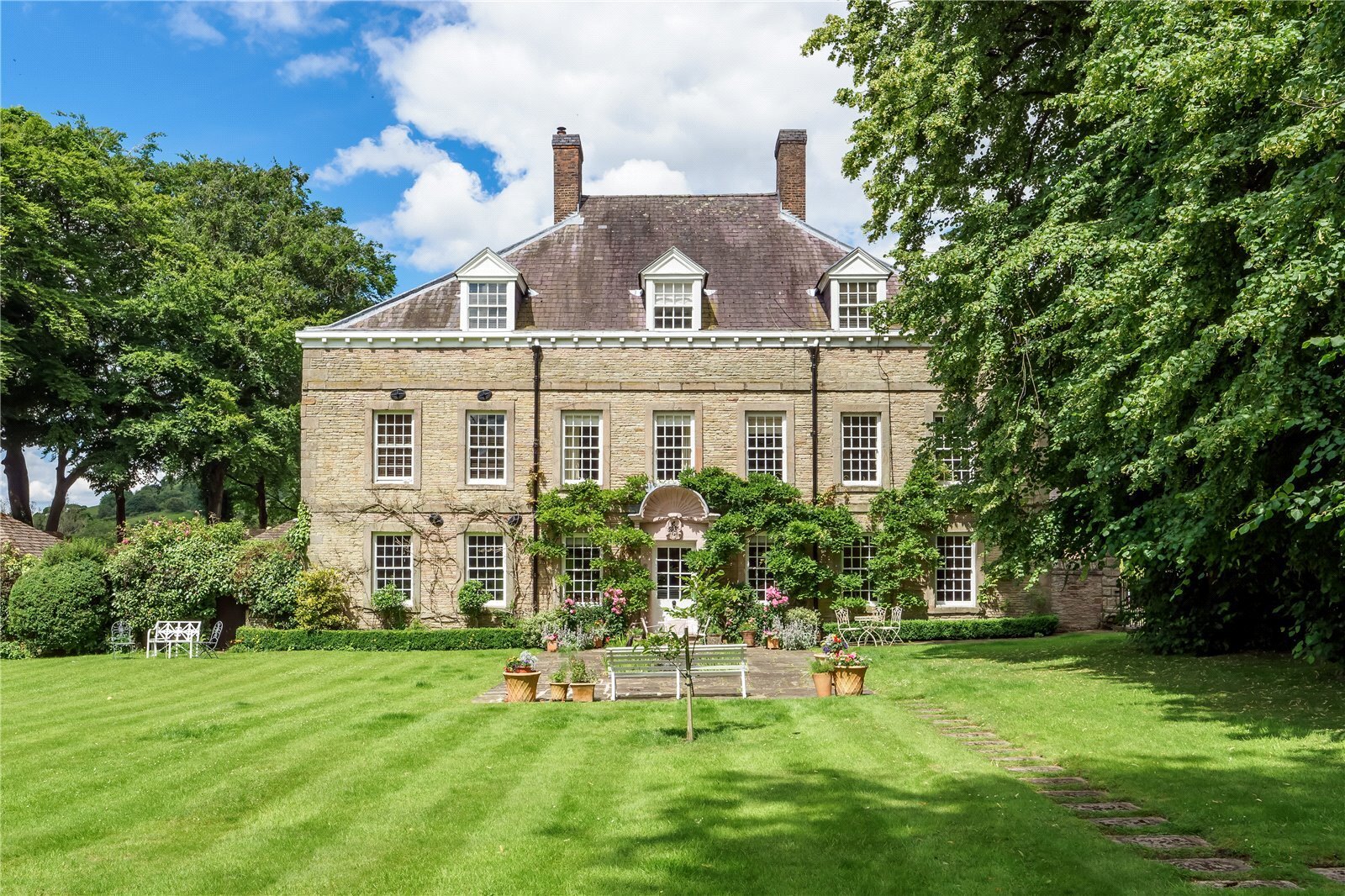Threat to new country houses
A clause in planning law which allows the construction of occasional new country houses could be under threat


Leading architects are warning of the threat to a small but significant clause in planning law that sanctions the ‘very occasional' building of an isolated house of ‘ground-breaking' design. Paragraph 11 of Planning Policy Statement 7 (PPS7, originally PPG7), which covers sustainable development in rural areas) has led to noteworthy new country houses in the Classical idiom, such as Ashley House, Stockbridge, designed by Robert Adam; Wootton Hall, Staffordshire (Digby Harris of Francis Johnson & Partners); and Great Canfield, Essex (Quinlan Terry). Architects and landowners fear the clause will be a casualty of the Localism Bill, as the Coalition compresses planning policy from thousands of pages to a maximum of 60 in the National Planning Policy Framework (NPPF).
The ‘Gummer clause' was created in 1997 by the then Environment Minister John Gummer (now Lord Deben), and it survived attempts by John Prescott and Labour to drop it when planning policy was rewritten in 2004.
‘The country-house tradition is one of the great glories of England, and I was determined it should continue,' says Lord Deben. ‘We even convinced the Labour Government to repackage the same clause, so it would be a tragedy if the Coalition, with the most civilised Cabinet for decades, should dump it now.'

Only a handful of the 20-25 houses permitted under PPS7 have actually come to fruition, and, as architect Hugh Petter, a director of Adam Architecture, points out, the well of country houses demolished after the Second World War is nowhere near replenished. He suggests that, in view of the localist flavour of new planning law, now is the time to make the tests for such houses more objective.
‘The British countryside has always functioned with money brought from the city, but, currently, the cost of appeal if planning for one of these houses is turned down is huge-you need £100,000 in your pocket before you start,' says Mr Petter. ‘We had a case where a house went to a vote three times; we only lost by one vote in the end, but the planning officer sided with that vote. If the tests were better defined, local people would have the comfort of knowing that only good things would get through.'
John Goodall, Architectural Editor of Country Life, adds: ‘This clause does no more than echo a principle accepted in urban planning. The intractable issue will always be who judges the merit of the design.'
The CLA's planning expert Fenella Collins warns that the NPPF could end up being over-simplified into ‘a sort of over-arching motherhood and apple-pie document', which won't help local and parish councils make decisions. The CLA, which recommends the Gummer clause remains, says in its response to the NPPF consultation: ‘We accept the need to undertake this exercise, not least because some, but by no means all, national planning policy is out of date and illogical. However, reducing policy to a minimum would leave those writing local plans and neighbourhood plans in ignorance and waste resources...
Exquisite houses, the beauty of Nature, and how to get the most from your life, straight to your inbox.
If the Government wants to make localism work, it must do more than set out a few paragraphs of aspirational, theme-based policies.'
Country Life is unlike any other magazine: the only glossy weekly on the newsstand and the only magazine that has been guest-edited by His Majesty The King not once, but twice. It is a celebration of modern rural life and all its diverse joys and pleasures — that was first published in Queen Victoria's Diamond Jubilee year. Our eclectic mixture of witty and informative content — from the most up-to-date property news and commentary and a coveted glimpse inside some of the UK's best houses and gardens, to gardening, the arts and interior design, written by experts in their field — still cannot be found in print or online, anywhere else.
-
 Can you buy happiness? The latest list of Britain's happiest places, and what you could end up with if you moved there
Can you buy happiness? The latest list of Britain's happiest places, and what you could end up with if you moved thereCan you buy happiness? Of course not, but you can buy a nicer house in a better town... and, well, that's probably going to help quite a bit.
-
 Is the British Museum's attempt to save a Tudor-era pendant with links to Henry VIII proof that the institution is on the up?
Is the British Museum's attempt to save a Tudor-era pendant with links to Henry VIII proof that the institution is on the up?After years of neglect and controversy, Britain's premier cultural institution seems to be finding its feet again.
